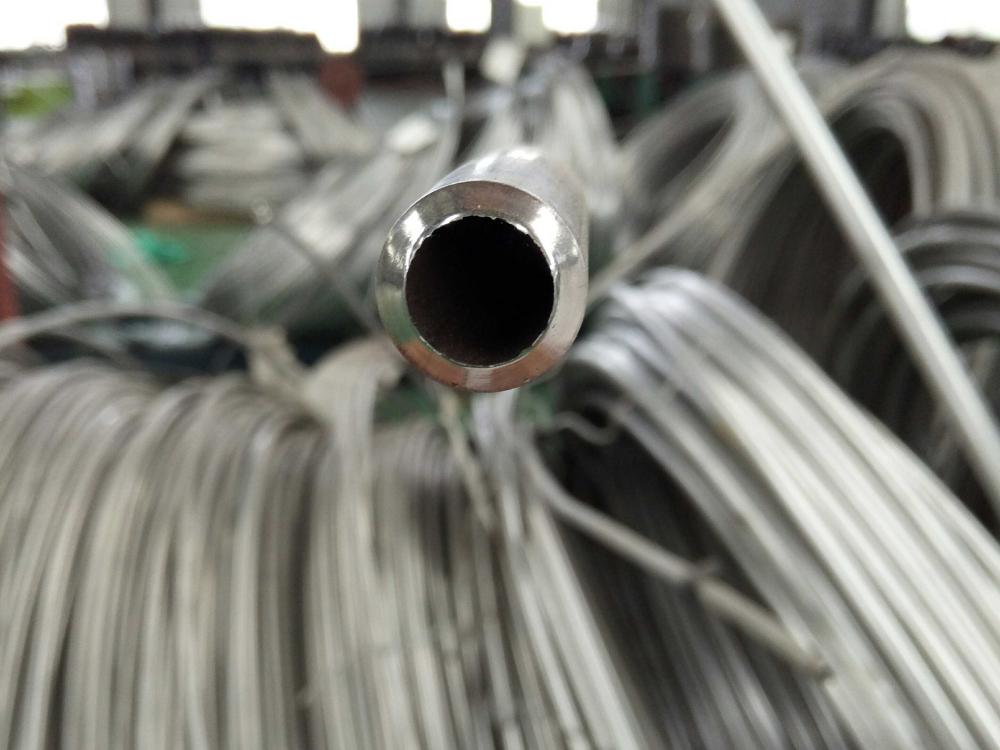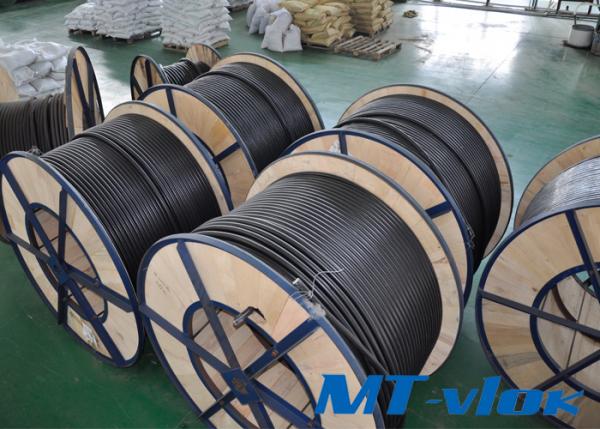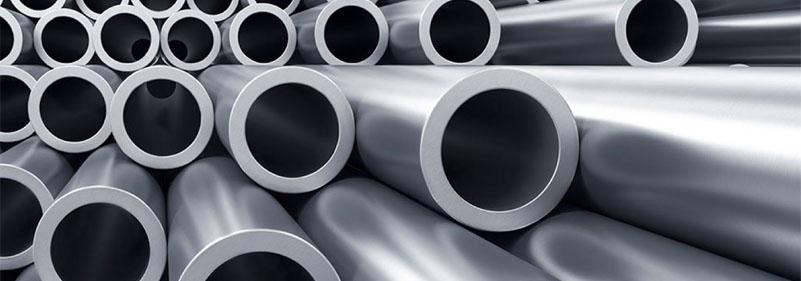What Are Common Coiled Tubing Sizes?

Explore global standards and engineering practices for coiled tubing sizing in oil/gas wells and geothermal systems. Covers API 5ST specifications, duplex/Ni-alloy material innovations, and operational efficiency models. Includes case studies from Tenaris, Maxtor, and Halliburton.
As a core equipment for oil and gas well intervention and geothermal development, the selection of coiled tubing size needs to consider fluid dynamics, material science and operational economics simultaneously. Based on SPE (Society of Petroleum Engineers) 2023 industry report and API standard, this article analyzes the global mainstream coiled tubing size and its engineering logic.
First, the global common size system (API 5ST)
Outside diameter (OD) grading standard
According to API SPEC 5ST-2022, industrial grade coils are categorized into 6 mainstream sizes:
1.0 inch/25.4 mm: control piping, chemical injection, global market share of 18%
1.5 inch/38.1 mm: shallow well acidizing, continuous tubing drilling, 32% market share
2.0 inch/50.8 mm: shale gas fracturing, deep well wax cleaning, market share 24%
2.875 inch/73 mm: horizontal well multi-stage fracturing, market share 15%
3.5 in/88.9 mm: ultra-deep well (over 8,000 m) completions, 8% market share
4.5 in/114.3 mm: geothermal well heat transfer system (rare special specification), 3% market share, customized production required
Source: SPE Coiled Tubing Market Analysis 2023
Wall Thickness (WT) Design Guidelines
Coiled tubing wall thicknesses must meet the double 80% rule (API RP 5C7):
Burst pressure not less than 80% of the pipe's yield strength
Crush pressure not less than 80% of bottomhole closure pressure
Typical WT Range:
Small diameter (≤2 inches): 2.0-3.4 mm (to accommodate high flow rates/low viscosity fluids)
Large diameter (≥2.875 inches): 4.0-6.4 mm (for frac sand abrasion)
Example: 38.1 mm OD tubing requires a minimum wall thickness of ≥2.8 mm at 10,000 psi well pressure (316L material)
Material Technology Trends
Duplex stainless steels dominate the medium to large diameter market
2205 duplex (UNS S32205) accounts for 57% of global 2- to 3.5-inch coiled tubing usage (Grand View Research data)
Advantage: 620 MPa yield strength, meets NACE MR0175 Level III for hydrogen sulfide resistance
MTSCO case: 73 mm x 4.2 mm 2205 pipe achieves zero corrosion in H₂S environment for 1,200 hours in Bohai oil field
Nickel-based alloys are popular in extreme conditions
C276 (UNS N10276) becomes the material of choice for 2-inch tubing in CO₂-containing deepwater wells (depths greater than 5,000 meters)
Corrosion rate: less than 0.005 mm/year (ASTM G48 standard test)
Cost: approximately $85/kg (3-5 times higher than duplex steel)
III. Quantitative relationship between size and operational efficiency
Fracturing Efficiency Modeling
According to Halliburton operational data, coiled tubing size is exponentially related to fracking efficiency:
Efficiency improvement = 0.67 × natural logarithm (OD) - 0.12 × WT
Optimal economic size: 2.875-inch OD × 4.5 mm wall thickness (combined cost and operating speed)
Comparison of Parameters for Wax Cleaning Operations
OD 38.1 mm: pump displacement 180-220 l/min, max well depth 4,500 m, circulating pressure loss 1,200-1,500 psi/km
OD 50.8 mm: pump displacement 300-350 l/min, max well depth 6,200 m, circulating pressure loss 850-1,100 psi/km
Related Products


 English
English 中 文
中 文 Español
Español Português
Português Deutsch
Deutsch Türk
Türk Pусский
Pусский عربي
عربي 한국인
한국인 日本語
日本語
